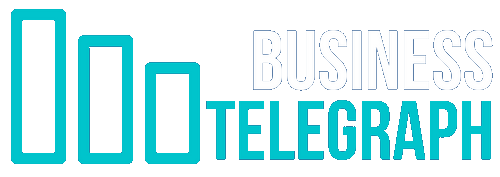Kate_sept2004 | E+ | Getty Images
As investors worry about future inflation amid President Donald Trump‘s tariff policy, some experts say assets like Series I bonds could help hedge against rising prices.
Currently, newly purchased I bonds pay 3.98% annual interest through October 31, which is up from the 3.11% yield offered the previous six months. Tied to inflation, the I bond rate adjusts twice yearly in part based on the consumer price index.
Certified financial planner Nathan Sebesta, owner of Access Wealth Strategies in Artesia, New Mexico, said there’s been a “noticeable uptick” in client interest for assets like I bonds and Treasury inflation-protected securities.
“While inflation has moderated, the memory of recent spikes is still fresh, and tariff talk reignites those concerns,” he said.
I bonds can be a ‘sound strategy’
Buying I bonds can be a “sound strategy” to complement a well-rounded bond portfolio of various fixed-income assets, said CFP Dean Tsantes with VLP Financial Advisors in Vienna, Virginia.
But some investors have preferred high-yield savings accounts, certificates of deposit or Treasury bills amid higher interest rates, experts say.
As of May 7, the top 1% average high-yield savings accounts currently pay 4.23%, while the best one-year CDs offer 4.78%, according to DepositAccounts. Meanwhile, Treasury bills still offer yields above 4%.
Of course, these could change, depending on future moves from the Federal Reserve.
If you’re worried about higher future inflation and considering I bonds, here are some key things to know.
How I bonds work
I bond rates combine a variable and fixed rate portion, which the Treasury adjusts every May and November.
The variable portion is based on inflation and stays the same for six months after your purchase date. By contrast, the fixed rate portion stays the same after buying. You can see the history of both parts here.
Currently, the variable portion is 2.86%, which could increase if future inflation rises. Meanwhile, the fixed portion is currently 1.10%, which could be “very attractive” for long-term investors, Ken Tumin, founder of DepositAccounts.com, recently told CNBC.
Before November 2023, I bonds hadn’t offered a fixed rate above 1% since November 2007, according to Treasury data.

The downsides of I bonds
Despite the higher fixed rate and inflation protection, there are I bond downsides to consider, experts say.
You can’t access the money for at least one year after purchase, and there’s a three-month interest penalty if you tap the funds within five years.
There are also purchase limits. You can buy I bonds online through TreasuryDirect, with a $10,000 per calendar year limit for individuals. However, there are ways to purchase more.
“There’s also the tax consequences,” Tsantes said.
I bond interest is subject to regular federal income taxes. You can defer taxes until redemption or report interest yearly.










